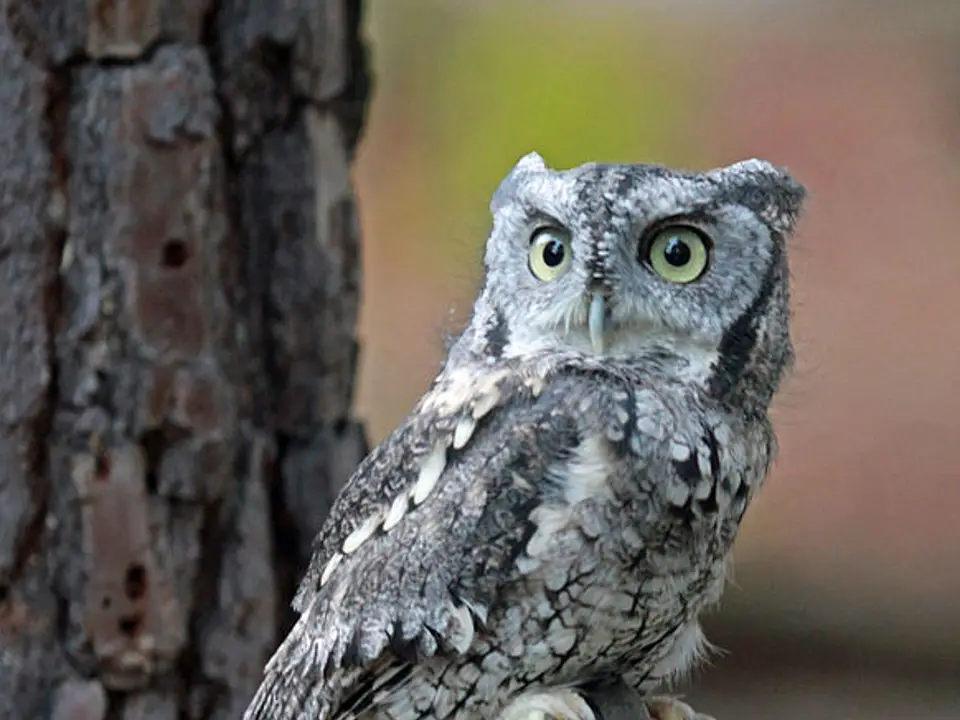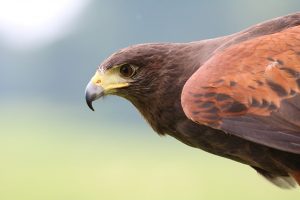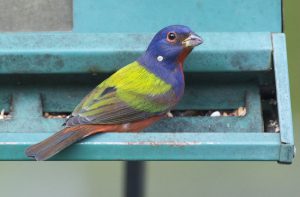The central Texas Hill Country is home to at least 4 species of owl, plus a few rare owls that appear some years.
Owls in the Texas Hill Country
The most common owls in the Texas Hill Country are the Great Horned Owl and Eastern Screech-Owl. Barred Owls and Barn Owls are also present in low numbers.
Eastern Screech-Owl is almost certainly the most numerous owl in the hills of central Texas, but often go unseen due to their very small size. They also don’t make the classic “hoo hoo” call associated with owls, so they tend to go unnoticed.
Great Horned Owls, on the other hand, are the largest owl in Texas. Their voice is the classic, deep “Hoo…Hoo..”. Because of their size and recognizable call, Great Horned Owls are detected more often than other owls species.
Barred Owls like more heavily wooded areas, but they don’t like Ashe Juniper trees (a.k.a. “Cedar”), which is most of the Hill Country. Wooded areas along rivers, creeks, and drainages are often good habitat for Barred Owl.
Eastern Screech-Owls
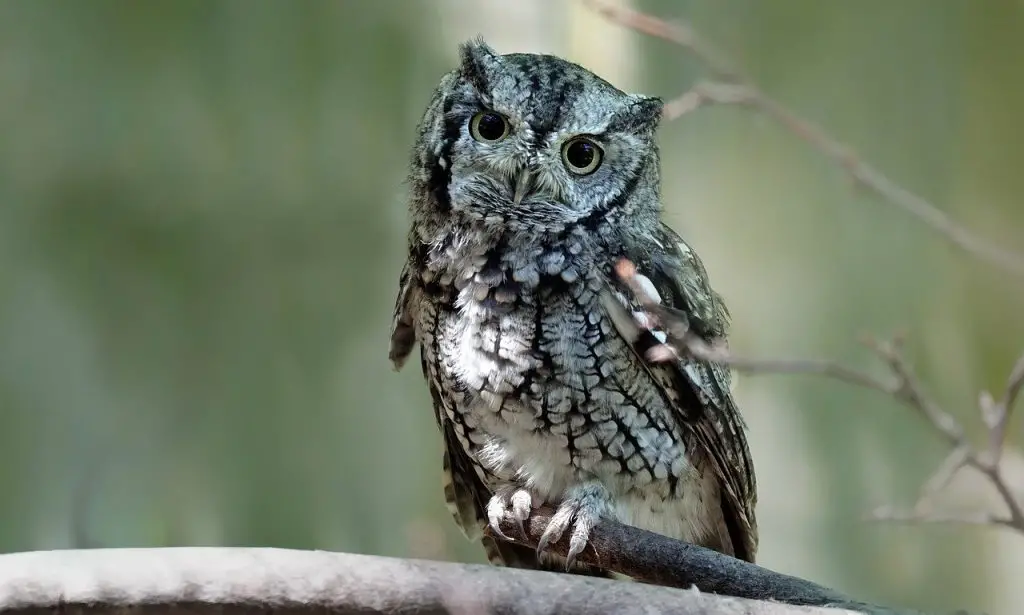
Screech-owls are small. Even the adults look like baby owls, no larger than a cardinal. They’re fairly common to backyards and neighborhoods, and can even be attracted with owl nest boxes.
Their call is a quiet, medium pitched continuous trill. When they really get going, they’ll do their up and down whinny call.
Eastern Screech-Owls become active at last light in the evening, and remain active until first light during early morning. Sometimes people will see these owls bathing in backyard bird baths at first light during morning, just before they return to their daytime roost.
Great Horned Owls
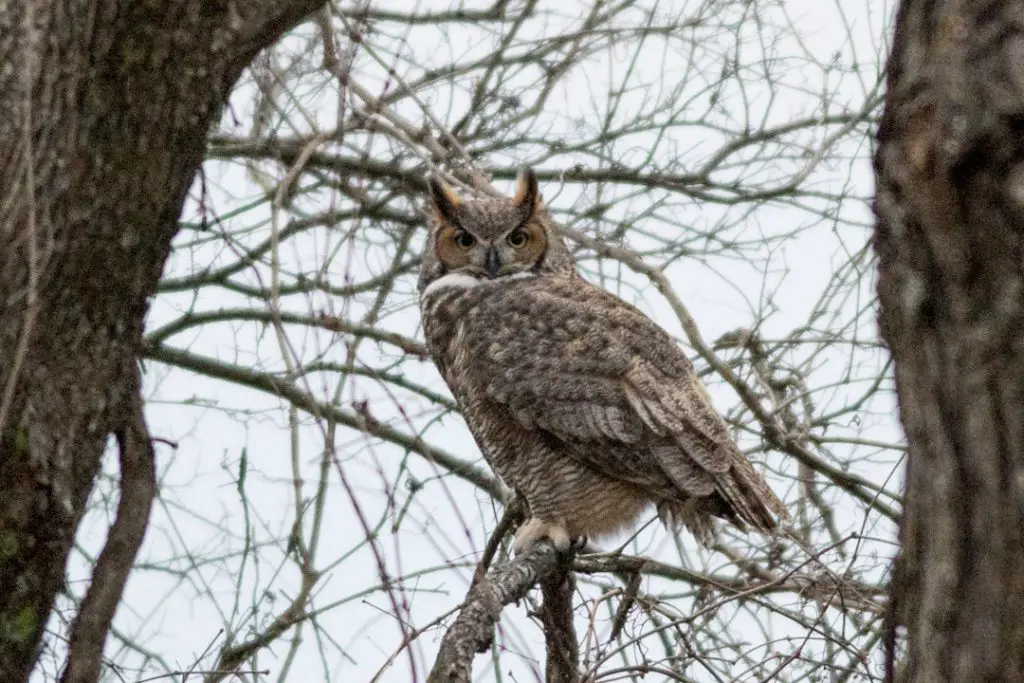
Just after sunset Great Horned Owls will sometimes perch right out in the open, like on a large tree limb or atop a telephone pole. Comparable in size to a Red-tailed Hawk, their large size really makes them stand out.
Great Horned Owls tend to be most vocal during the two hours after sunset, and hour before sunrise. But they can vocalize at any time, day or night, especially during breeding and nesting season November through April.
Barred Owls
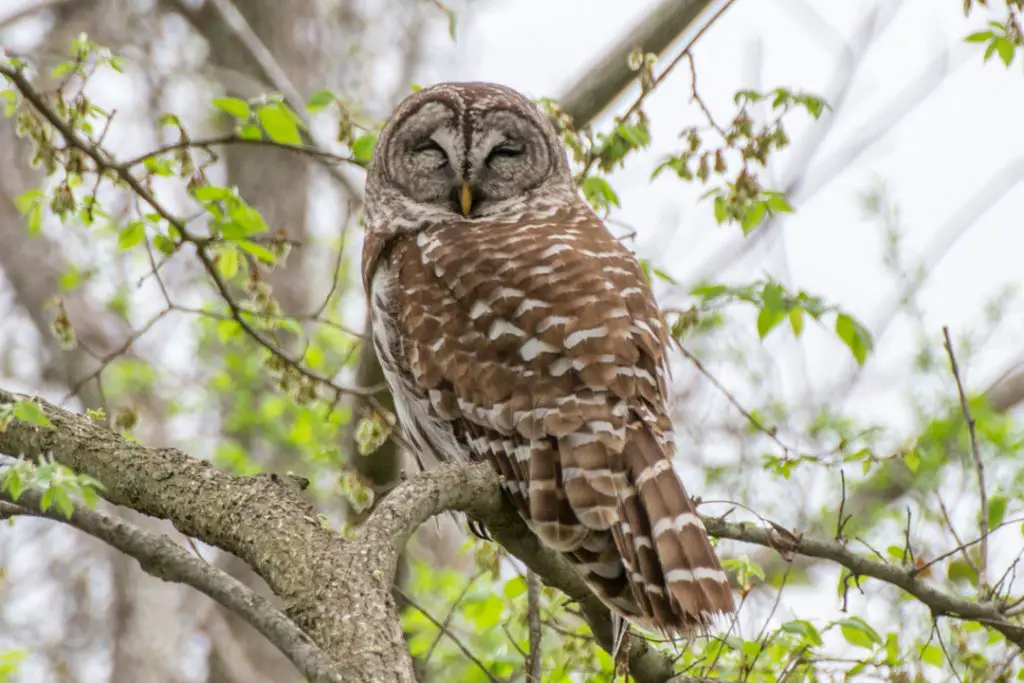
Although common just east of the Hill Country, Barred Owls are localized and uncommon in the central Texas hills. Their ideal habitat is continuous wooded areas of oak, pecan, sycamore, and cottonwood. Central Texas is mostly juniper (cedar), so habitat is pretty limited.
Local and state parks are often decent places to see and hear these owls, especially if there’s water nearby like a creek or river.
Barred Owls might be the loudest owl in Texas, belting out their hoarse “Hoo, hoo, hoo hoo!”, which sounds like “Who cooks for you!”. When two territorial males start calling back and forth, they can get really worked up and sound a bit like two monkeys screeching at each other.
Barn Owls
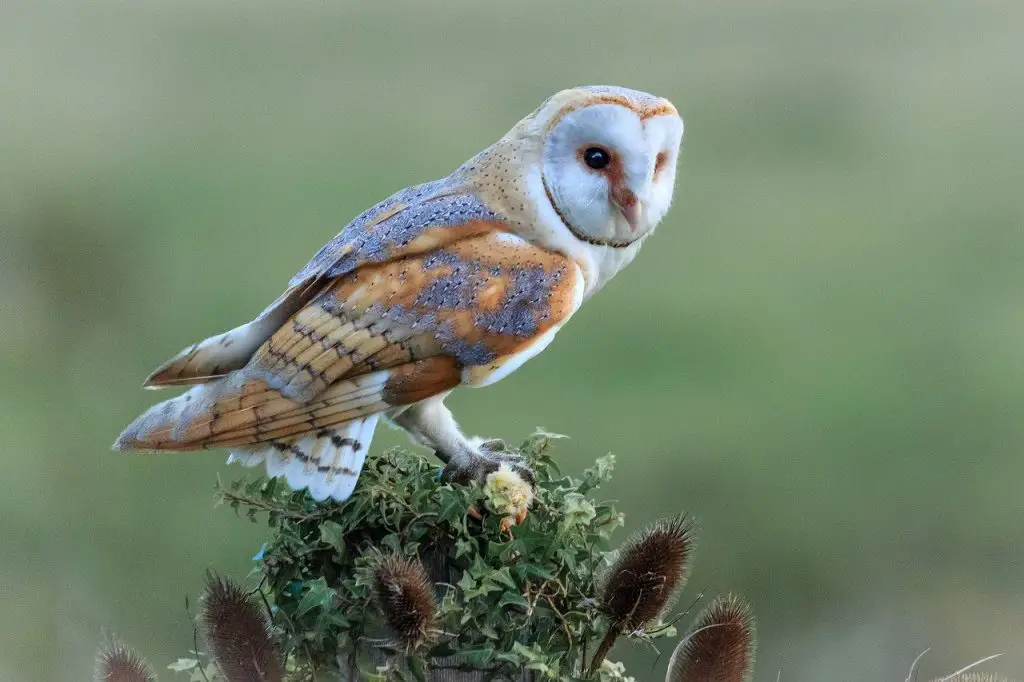
These ghostly, pale owls can be found in the Hill Country, but count yourself lucky if you see one. They’re uncommon, and are often silent. Although when they do call, it’s a blood curdling screech you’re unlikely to forget.
Barn Owls like mostly open grasslands with nearby clusters of large trees, like Live Oak, to perch and hunt from. It’s possible to find this habitat in central Texas, but it’s scarce.
Up and down the Colorado River seems to be one of the better areas for Barn Owls in central Texas, as well as the Frio River west of San Antonio.
Owls Rare to the Hill Country
Other owls documented in the central Texas hills have included Burrowing Owl, Short-eared Owl, and Long-eared Owl. All are rare, unpredictable, and usually only present from a few weeks to a few hours.
Western Screech-Owl has been found several times at the southwestern edges of the Hill Country, around Leaky, Kerrville, and Junction.
If you think you’ve seen any of these rare owls in the Hill Country then you better have proof! Otherwise, without a photo or sound recording, it’s a bit like claiming you saw bigfoot.
All Texas Owl Species
Didn’t find the owl you were looking for? Check out Texas Owls and Where to Find Them.

